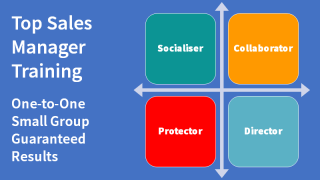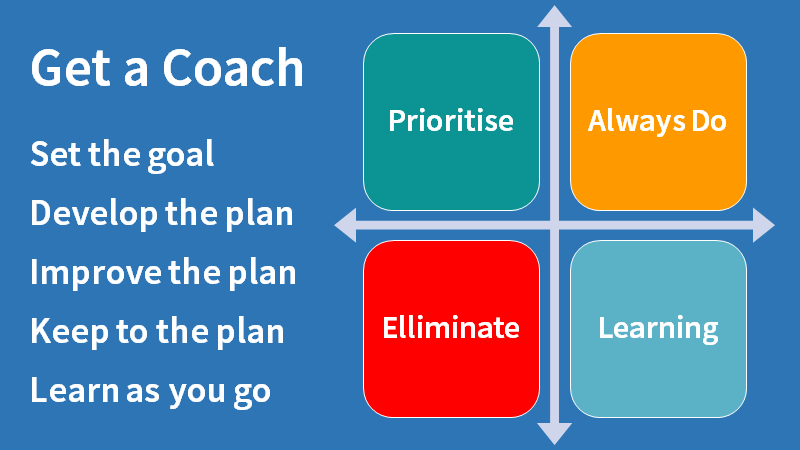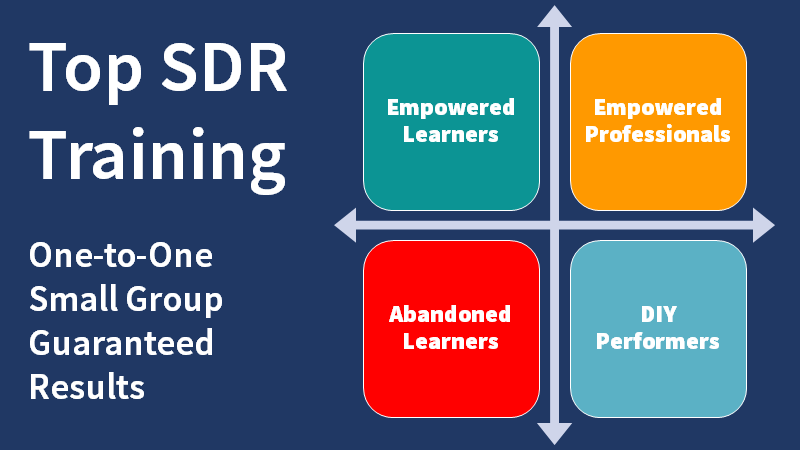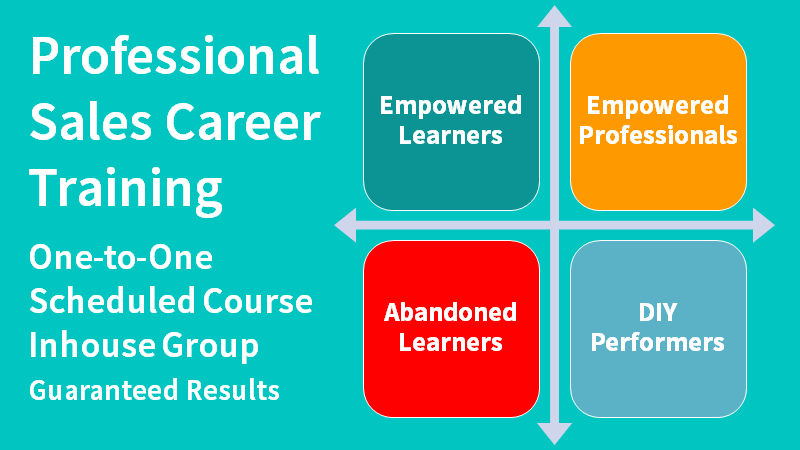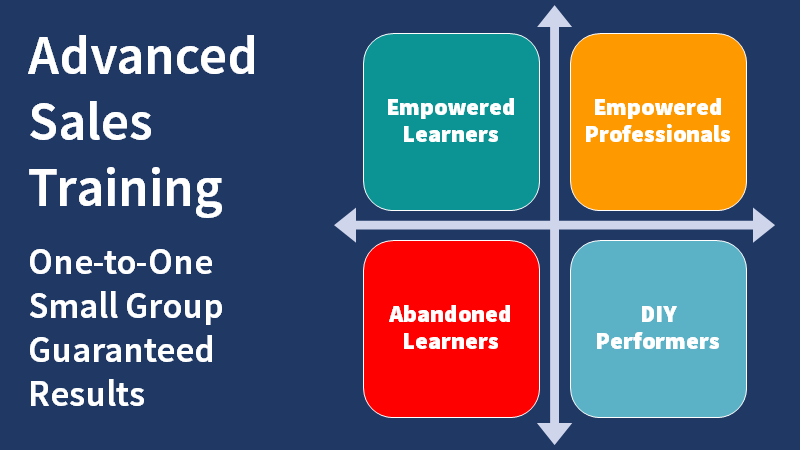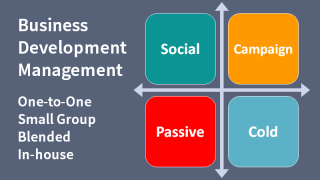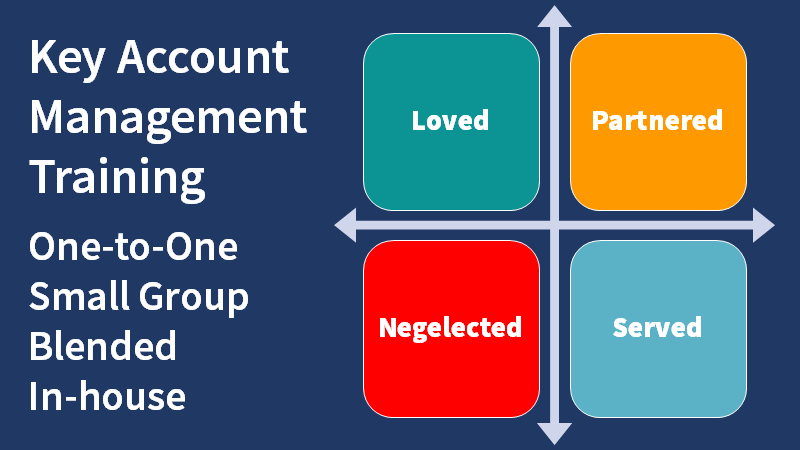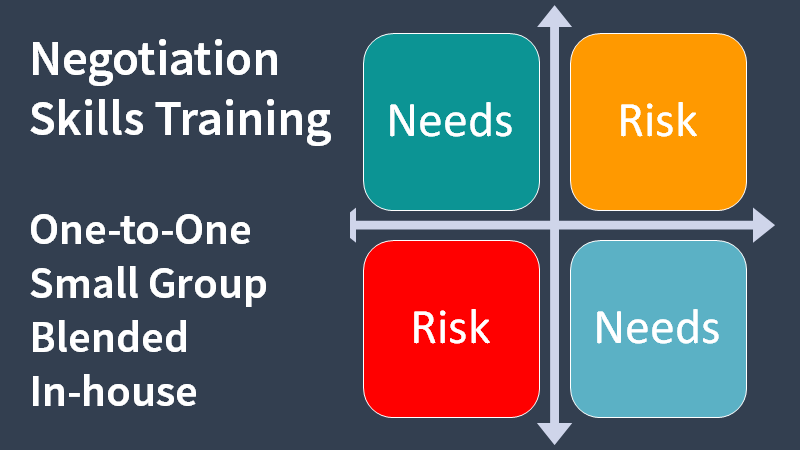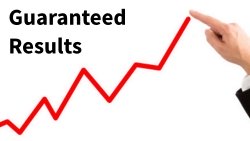Salespeople with a sales target achievement plan are almost twice as likely to exceed their sales target as those without.
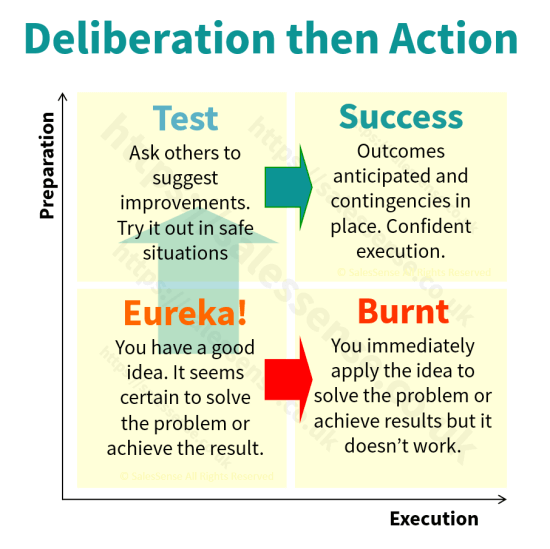
If you are a manager, you will have a sales target achievement plan. At the most basic level, it will describe how much each salesperson in your team is expected to sell.
If you are a salesperson, you are likely to have a compensation plan given to you that explains how much you are expected to sell and how much commission or bonus you will receive.
Very few salespeople have a detailed sales target achievement plan.
As a sales manager, one of the simple things you can do to increase target achievement success rates is to require each salesperson to prepare a credible sales target achievement plan at the beginning of your annual measurement period.
If you ensure that every salesperson, territory, and key account has a current credible sales target achievement plan, then it becomes easier to manage performance.
What is a sales target achievement plan?
A plan that details all of the actions necessary to achieve a goal, objective, or target helps people monitor their own activities and get an early warning when they are off track. When being off track starts to show in the sales figures, it is already too late. Only by tracking leading key performance indicators can salespeople react in time to correct drift before it impacts sales. Do the same thing for any key customer accounts with a large impact on results.
What should be in a sales target achievement plan?
First, record the salient facts about the current situation in the territory. How many customers are there? How much did they buy last year? What are the trends? If nothing changes what can you reasonably expect them to buy this year? What is the economic outlook? How is it likely to impact existing customers and their purchases this year?
What is the target?
This is usually a definite fiscal number, often divided into measurement periods such as months or quarters. It can be revenue, profit, or both.
What is the difference?
Subtract the anticipated sales from the territory or customer accounts estimated at the beginning of this planning process, from the target. Calculate the positive or negative gap. If you are expecting more sales from existing customers than the new target, consider if you have been over-optimistic in your assessment. A negative gap rarely happens. There is usually a substantial positive gap. Now you have determined the scale of this year's challenge.
How can a sales shortfall be recovered?
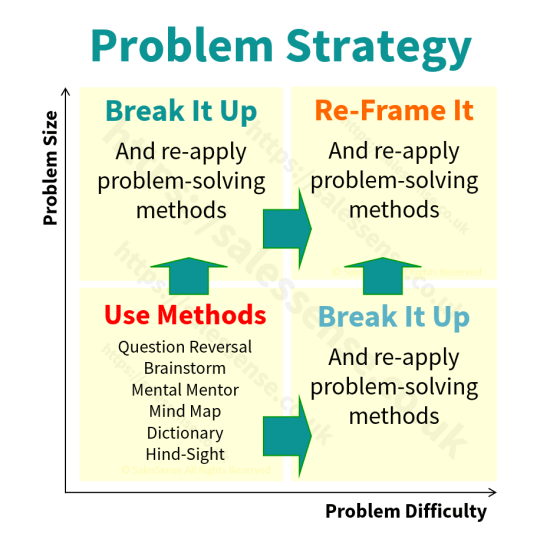
This section is for documenting what will be done to bridge the gap. How many new customers will be needed? Whatever you are selling, there is an average sales value and an average customer value which you can use to estimate how many new customers you will need to bridge any gap. If you know your conversion rate you can calculate how many new customer contact events will be needed. If you don't know the number of outreach attempts necessary, take an educated guess and work with it.
When you have an idea of the sales effort necessary, start listing other initiatives to improve the odds.
Strategies and tactics.
Now you have generated new or novel strategies for closing the gap, test each one. For each strategy ask, "Does this strategy make it obvious what I and others should do to make it happen?" If so, prepare a list of tactics for executing the strategy. If not, change or revise the approach until the necessary actions are obvious.
Review Each Sales Target Achievement Plan
Subject each sales target achievement plan to a critical review. Convene a meeting with a small group of experts. This usually includes the sales manager and sales director. It might also include other sales experts from inside or outside the organisation. This can be a painful process for the plan originator yet it is a pain worth enduring. The objective is to improve the plan.
Appoint a strong facilitator to manage the process. Structure the reviews to minimise debate and argument. Have the plan owner distribute the plan in advance and then present the essentials in five minutes. Allow the reviewers to ask clarifying questions. Then have the plan owner leave the room while the reviewers discuss their improvement recommendations. Finally, invite the plan owner back to hear the reviewer's recommendations.
How should sales targets be set?
Setting B2B sales targets should be based on a structured approach that aligns with company goals, market potential, and the capabilities of the sales team. Here’s a detailed guide:
1. Understand the Overall Business Objectives
Define clear organisational goals for revenue, profit, or market share. Align sales targets with broader strategic priorities, such as penetrating a new market or increasing sales for specific products.
2. Analyse Historical Data
Review past performance to identify trends and patterns. Use historical data to set realistic baseline expectations, considering factors like seasonality or previous growth rates.
3. Segment the Market
Divide the market into segments based on geography, industry, company size, or product type. Set segment-specific targets, focusing on areas with the highest growth potential.
4. Account for Market Dynamics
Evaluate current market conditions, competition, and economic factors. Adjust targets to reflect opportunities (e.g., new demand) or challenges (e.g., economic downturns).
5. Define Sales Metrics
Use both leading indicators (e.g., the number of leads, demos, proposals) and lagging indicators (e.g., revenue, deals closed).
Set clear metrics such as:
- Revenue targets (e.g., £X million in annual recurring revenue).
- Volume targets (e.g., X number of new accounts).
- Pipeline goals (e.g., £Y million in qualified leads).
6. Incorporate Team Input
Consult the sales team to ensure targets are achievable and to gain their buy-in. Adjust goals based on feedback about customer behaviour or operational realities.
7. Use a Bottom-Up and Top-Down Approach
Top-down: Begin with company-wide revenue goals and allocate them across teams or individuals. Bottom-up: Evaluate individual sales reps' capacity and adjust targets to create a realistic aggregate goal.
8. Allocate Targets Effectively
Assign targets at various levels:
- Individual Sales Reps: Based on their skills, experience, and territory.
- Teams: For collaborative goals.
- Regions or Segments: For geographically or industry-focused objectives.
9. Incorporate Growth Strategies
Consider new product launches, upselling, cross-selling, or entering new markets. Set specific targets for strategic initiatives, such as securing key accounts or reducing churn.
10. Use Technology and Tools
Leverage CRM and analytics tools to set, monitor, and adjust targets dynamically. Use predictive analytics to identify opportunities and refine goals.
11. Set Realistic but Ambitious Targets
Balance between stretch goals (to motivate) and achievable targets (to maintain morale). Factor in ramp-up times for new hires or onboarding new tools.
12. Incentivise and Monitor Progress
Create incentive plans that align with the targets (e.g., commissions, bonuses). Establish regular check-ins to review progress and adjust targets as needed.
13. Review and Iterate
Conduct quarterly or bi-annual reviews to assess target achievement. Use lessons learned to refine future target-setting processes.
Example of a Target-Setting Framework:
Company Goal: £10 million in annual revenue.
Breakdown:
- 60% from existing customers: £6 million.
- 40% from new customers: £4 million.
Team Allocation:
- Enterprise Sales Team: £7 million (major accounts).
- SMB Sales Team: £3 million (small accounts).
Individual Targets:
10 reps, each assigned targets based on historical performance and territory.
By combining data, strategy, and collaboration, B2B sales targets can drive growth while keeping the team motivated and focused.
Do you need to learn about sales target achievement plans?
If you have a sales goal or target you should invest some time in planning how to achieve it. If you manage a sales team and team members don't maintain credible sales target achievement plans, have them create plans. Review each plan monthly or at least once a quarter. These actions are certain to increase individual and team sales performance.
Arrange training: Have us lead a training session in a virtual classroom for a sales team. Participants receive a plan template in advance and have the opportunity to explore the process. Learn More
Have us facilitate plan reviews: Facing a plan review can be daunting. It is uncomfortable to hear criticism. Professional facilitation makes the process much more productive. Learn More
Schedule a call for an informal conversation.
DIY Resources
The Truth about Plans and the Remarkable Value of Planning
Test any Plan with this Free Assessment
If you need to increase sales target achievement, we can help. Schedule a sales consultation or call +44 (0)1392 851500. Alternatively, use the contact form here or send an email to jimm@salessense.co.uk.




